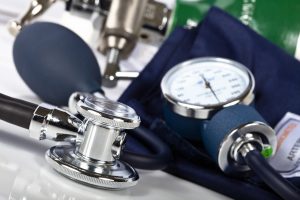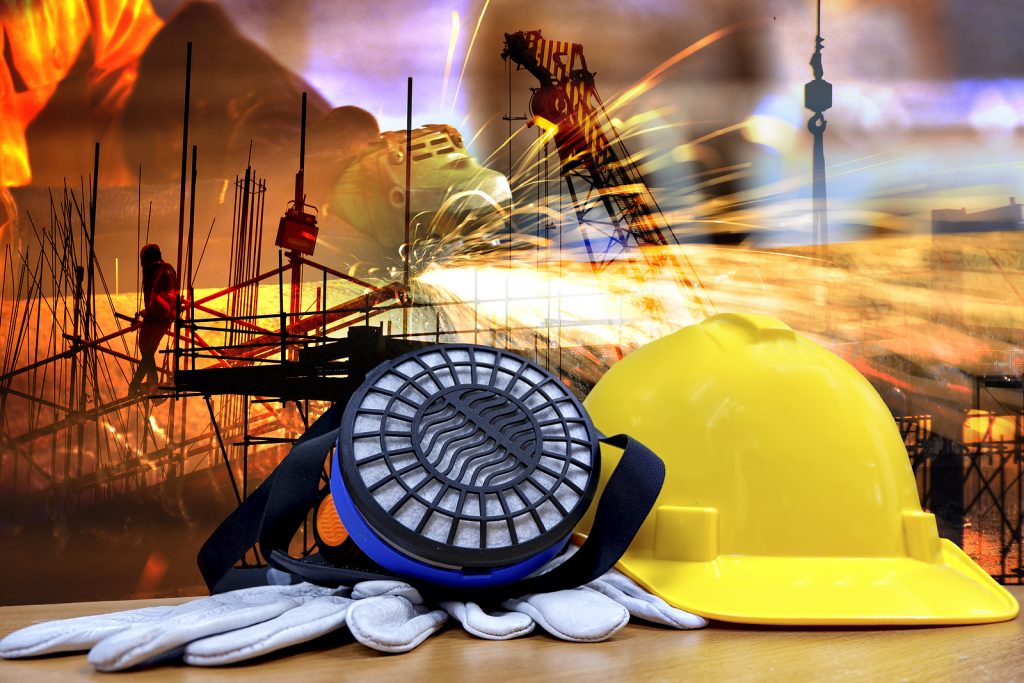Although there are no occupations that are not recommended for asthmatics, it is known that exposure to certain irritants can aggravate the disease. The occupational setting may even be the cause for a certain number of asthmatics developing in adulthood.
Epidemiology studies conducted in general populations indicate that Work Aggravated Asthma (WAA) occurs in a median of 21.5% of adults with asthma. Many conditions at work can aggravate asthma symptoms including; irritants, chemicals, dust, second-hand smoke, common aeroallergens, and other ‘exposures’ such as stress, temperature, and physical exertion
In some occupational settings, exposure to irritants can cause asthma or aggravate an already existing condition. But can asthma be considered an occupational disease? Can you benefit from a professional reclassification? These issues will be explored in this article.
The Manifestations And Mechanisms Of Occupational Allergies
Work-related asthma is common. It describes the occurrence of work aggravated asthma as affecting up to 25% or working asthmatics, and that this can be caused both by chemical exposures and physical conditions such as a change in temperature or exertional demands. Work aggravated asthma can range from a single short term worsening of asthma at work up to daily worsening at work on a consistent basis.

Whether you are a baker, hairdresser, nurse, or factory worker you are at risk from occupational hazards. This possibility should be mentioned in relation to respiratory illnesses such as asthma in order to prevent the disease from perpetuating itself and to implement protective measures promptly.
More than 300 substances that can trigger asthmatic seizures have been identified. Contrary to what one might think, it is the biological agents that are most often involved. According to the Health and Safety Executive, biological agents are responsible for 48.6% of cases, in front of chemical agents at 42.8% and metals of 2%.
However, six occupations are responsible for more than half of the cases in Europe:
- Bakers and confectioners (20% of cases);
- Health occupations (10%);
- Hairdressers (8%);
- Painters (8%);
- Woodworkers (5%);
- Cleaning employees (5%).
A delayed appearance
Occupational asthma is most often an allergic mechanism that appears only after several months or years in the same position. The possibility of a professional origin must therefore always be considered when someone develops the disease. The identification of which usually follows a standard set of parameters; such as the seizures building in severity over a period of time of work, and the respiratory state improving during the weekends and holidays.
Asthma can also occur within 24 hours of exposure, often accidentally, to significant amounts of industrial chemicals including chlorine, acids, and isocyanates. A dry cough accompanies it. These cases of occupational asthma have an irritant mechanism and must be reported as a work accident; so that appropriate health and safety measures can be put in place to restrict future incidents.

The diagnosis of occupational asthma requires an investigation by a professional physician to search for all products handled by the individual. The assessment is supplemented by respiratory function tests and immunological tests of the skin and blood, to seek sensitization to an allergen. In severe cases, tests with suspected allergens will be performed on the individual to determine the substance. However, these tests are only conducted at the hospital, as they can trigger a severe crisis.
A difficult reclassification
Treatment first requires the removal of any contact with the allergen responsible for the seizures. This may seem simple, but in reality, faces many difficulties.
First identifying the allergen involved is sometimes very complex. Then, despite the eviction of the allergen, in one case out of two of the symptoms persist even if the respiratory state improves. The risk of chronic development is higher the longer the person has been in contact with the substance involved in the onset of asthma. This highlights the importance of early investigation into the causes of asthma in a workplace.
Finally, it is not always possible to remove the responsible allergen in the workplace due to the nature of the business. The person is then forced to consider a professional reclassification.
Developing prevention
These measures are of course only a last resort and many people with occupational asthma will find suitable jobs. It is therefore imperative to develop prevention before incidents occurring:
- Substitution with less allergenic products, where possible;
- By wearing protective masks;
- By handling products in closed containers or with an efficient suction system.
Occupational physicians have a key role to play in developing this prevention, but also to identify occupational asthma, many of which are probably beyond the scope of the diagnosis. Serial peak expiratory flow measures may be particularly useful to help diagnose asthma, and also to whether there are any changes in these measures that relate to workplace exposures.
Forest Medical Equipment Calibration
Spirometry is breathing or ‘lung function’ test. It’s one of the most common tests people with asthma or people who are being tested for asthma, are given. Your GP or asthma nurse will ask you to take a deep breath and then breathe out as fast as you can and for as long as you can through a mouthpiece linked to a ‘Spirometer.’ You will have to blow a few times so your GP or asthma nurse can get an accurate result.
Medical equipment calibration is incredibly important and should be done regularly. Sophisticated devices require more frequent checks because of their complexity and the number of different things that could become inaccurate. Once a test and calibration is complete devices should be certified to show that they meet all requirements and regulations.
Healthcare practitioners in the UK can rely on us for medical equipment testing and calibration services. We are highly experienced and ensure all work is carried out by experienced engineers. We have the skills and competency required to work with all sorts of devices, from complex ones like ECG machines to thermometers and scales. We support our clients and will arrange the most suitable time to look at their devices.

